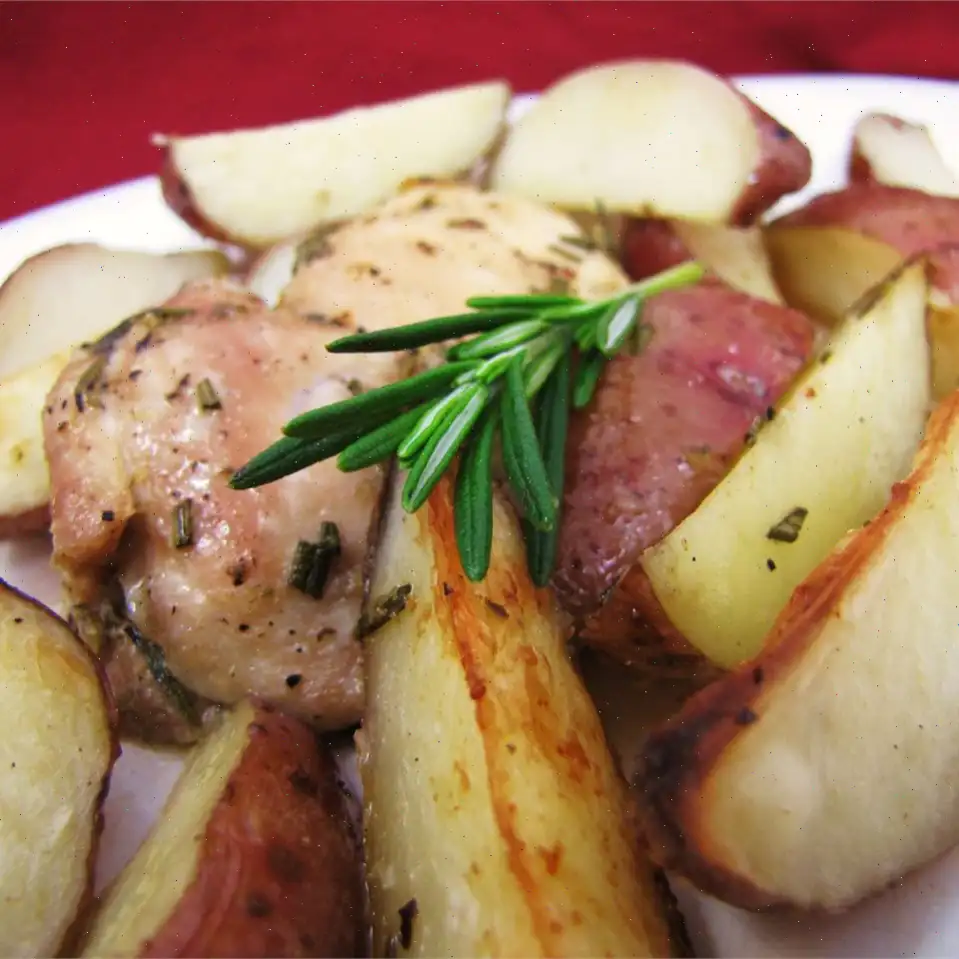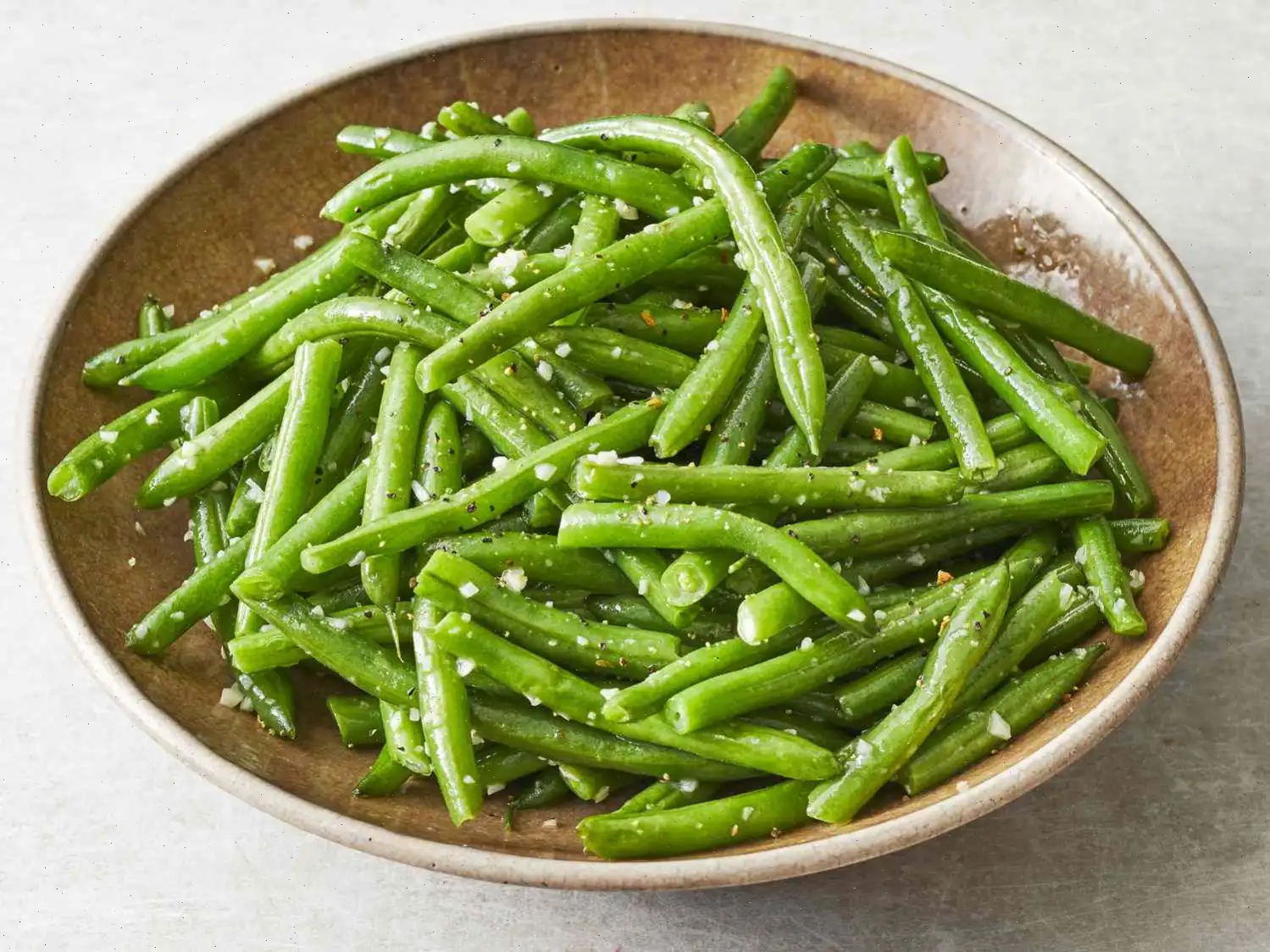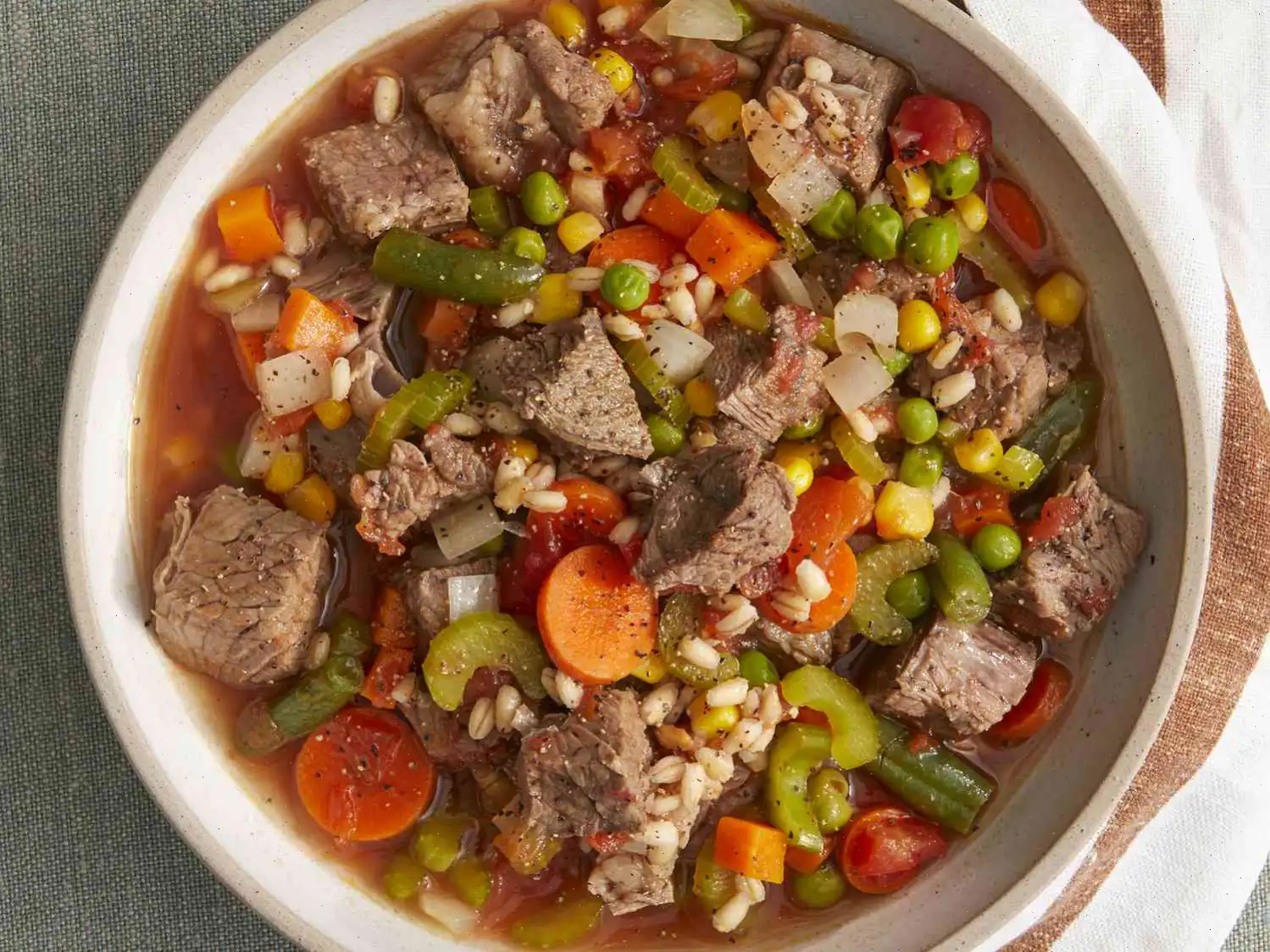
Mediterranean Salmon Baked in Parchment Recipe
Ingredients
- 2 (6 to 8-ounce) salmon fillets
- 2 squares parchment paper
- 1/4 cup butter, divided
- 1/4 cup panko breadcrumbs
- 2 tablespoons finely ground pecans
- 1/2 teaspoon garlic salt
- 1 teaspoon Greek seasoning, divided
- 2 tablespoons grapeseed oil
- 3 ounces portobello mushrooms, quartered
- 6 ounces marinated quartered artichoke hearts, drained
- 1 pinch freshly ground black pepper
- 3/4 cup Pinot Grigio or other dry white wine
- 2 ounces jarred roasted bell pepper, chopped
Directions
Preheat your oven to 350F (180C). Lay each salmon fillet on a separate square of parchment paper. Melt 2 tablespoons of butter and brush it generously over the fillets.
In a small bowl, combine the panko breadcrumbs, finely ground pecans, garlic salt, and 1/2 teaspoon of Greek seasoning. Stir the mixture well and sprinkle it evenly over the salmon fillets.
Crimp and fold the edges of the parchment to create a sealed packet around each fillet. Place the packets on a rimmed baking sheet and bake for about 25 minutes, or until the salmon flakes easily with a fork.
While the salmon bakes, prepare the sauce. Heat the grapeseed oil in a skillet over medium heat. Add the quartered portobello mushrooms and cook, stirring occasionally, for 3 minutes.
Next, stir in the drained artichoke hearts, the remaining 1/2 teaspoon of Greek seasoning, and a pinch of freshly ground black pepper. Continue cooking and stirring for about 6 minutes.
Pour in the Pinot Grigio and bring the mixture to a simmer. Allow the liquid to reduce by half, which should take about 10 minutes. Stir in the chopped roasted bell peppers and cook for another minute until heated through. Finish the sauce by adding the remaining butter, stirring until melted.
Once the salmon is done baking, carefully peel back the parchment from each fillet. Spoon the mushroom and artichoke sauce over the salmon and serve.
Nutrition Facts (per serving)
- Calories: 1303
- Total Fat: 87g (112% Daily Value)
- Saturated Fat: 25g (126% Daily Value)
- Cholesterol: 285mg (95% Daily Value)
- Sodium: 1715mg (75% Daily Value)
- Total Carbohydrate: 27g (10% Daily Value)
- Dietary Fiber: 8g (27% Daily Value)
- Total Sugars: 5g
- Protein: 86g (171% Daily Value)
- Vitamin C: 67mg (74% Daily Value)
- Calcium: 127mg (10% Daily Value)
- Iron: 3mg (19% Daily Value)
- Potassium: 1977mg (42% Daily Value)
* Percent Daily Values are based on a 2,000 calorie diet. Your daily values may be higher or lower depending on your calorie needs.
** Nutrient information is not available for all ingredients. Amount is based on available nutrient data. If you are following a medically restrictive diet, please consult your doctor or registered dietitian before preparing this recipe for personal consumption.
The Story Behind Mediterranean Salmon Baked in Parchment
The technique of baking fish in parchment, also known as en papillote, traces back to French culinary traditions but has been widely embraced across the Mediterranean region. This cooking method allows salmon to steam in its own juices along with herbs, vegetables, and olive oil, producing a delicate texture and a concentrated, aromatic flavor. Over centuries, Mediterranean cooks adapted this technique to include local ingredients such as artichokes, roasted peppers, and Greek seasonings, creating a fusion of flavors that highlights the region's love for fresh seafood and wholesome produce.
Regional Variations and Influences
While this recipe is classified under Greek cuisine, regional variations exist throughout the Mediterranean. In Italy, bakers might add sun-dried tomatoes and olives, while in France, a splash of white wine and fresh tarragon is common. Greek versions, like the one presented here, typically include olive oil, garlic, and herbs such as oregano and thyme, alongside vegetables like artichokes and roasted peppers. The dishs adaptability allows each coastal region to showcase its local produce and spices while maintaining the core principle of gentle steaming in parchment.
How It Differs from Similar Dishes
Mediterranean Salmon Baked in Parchment is distinct from other baked salmon recipes due to its cooking method and ingredient combination. Unlike standard oven-baked salmon, the parchment seals in moisture and flavors, resulting in an exceptionally tender fillet. Compared to poached salmon, it retains a firmer texture while still being infused with the aromatics of vegetables, wine, and seasonings. The inclusion of Mediterranean vegetables and a wine-based pan sauce also sets it apart from more conventional salmon preparations that rely solely on butter or cream.
Where and How It Is Served
This elegant dish is often served in fine dining restaurants, especially those focusing on Mediterranean or seafood cuisine. It is ideal for special occasions, dinner parties, or celebratory meals due to its visually appealing presentation when the parchment is opened at the table. In casual settings, it is equally suitable for a healthy family dinner, paired with light sides such as quinoa, couscous, or a simple green salad. The versatility of serving it directly in the parchment or plated with the wine and vegetable sauce enhances both flavor and presentation.
Interesting Facts
- Baking in parchment is a centuries-old technique originally popularized in French cuisine, but the Mediterranean adaptation emphasizes fresh herbs and local vegetables.
- The dish combines omega-3 rich salmon with antioxidant-packed vegetables like artichokes and roasted peppers, making it as nutritious as it is flavorful.
- Pinot Grigio or other dry white wines are often used not just for taste, but also to help create a tender, aromatic sauce that complements the fish.
- The use of pecans in the breadcrumb topping adds a unique textural contrast uncommon in traditional Mediterranean salmon recipes.
- En papillote cooking helps preserve delicate nutrients that might be lost in high-heat methods like grilling or roasting directly on a pan.
You can listen to this recipe in AI audio format. Simply click the play button below to listen to the content in a format that suits you best. It’s a great way to absorb information on the go!








